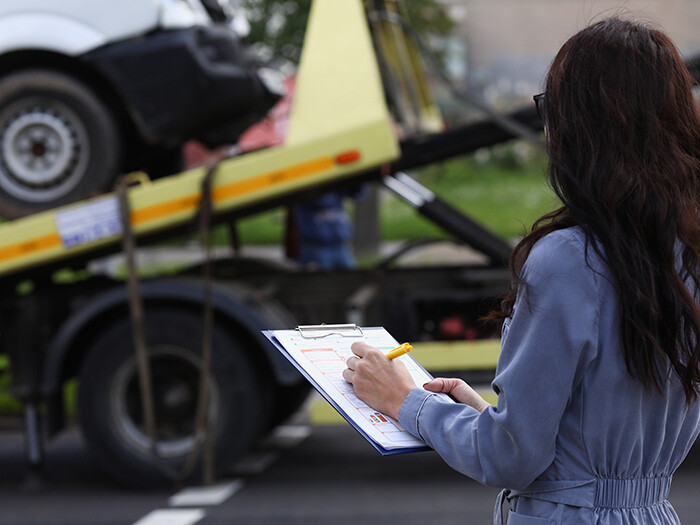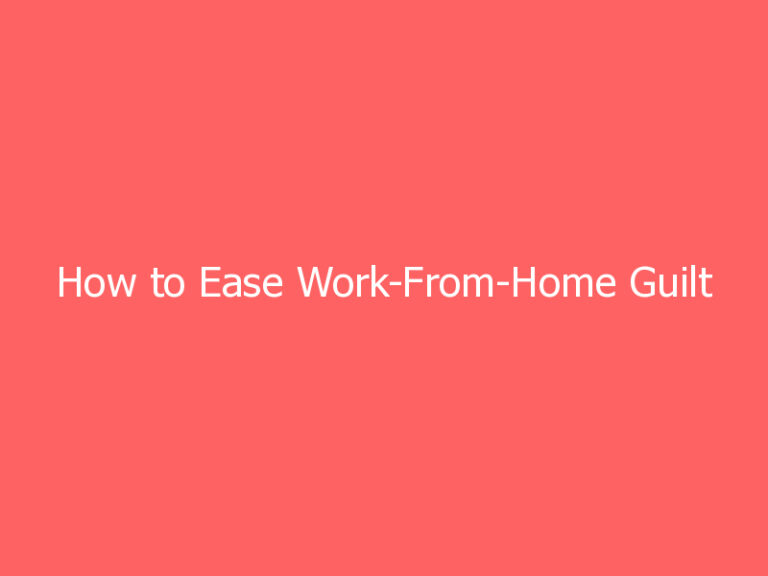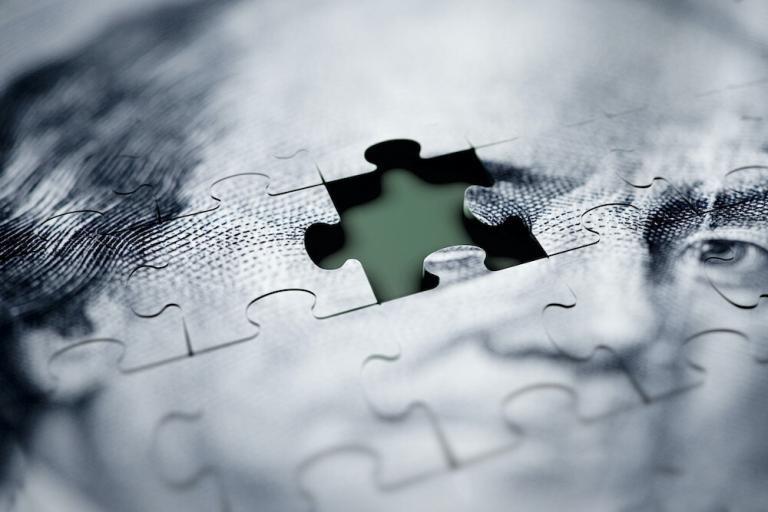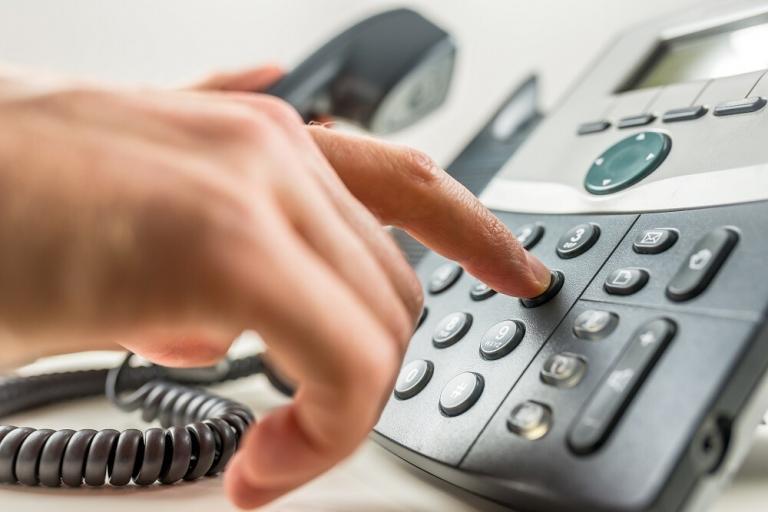Claimant advocacy — regardless of fault — can minimize the feelings of anger and distrust that drive injured parties to litigation after a crash.
The trends of social inflation and nuclear verdicts are well-known in the insurance industry. Nuclear verdicts are defined as judgments amounting to more than $10 million, though the ceiling keeps rising. Just a few months ago, a jury handed down a $411 million verdict against a trucking company after a jack-knifed tractor trailer caused a multi-vehicle pileup that severely injured the plaintiff.
The commercial transportation sector has long been a popular target of costly liability litigation.
According to data from the American Transportation Research Institute, the average verdict size for lawsuits above $1 million involving a truck crash increased from $2.3 million to $22.3 million between 2010 and 2018 — a nearly 1,000% jump.
“There seems to be an inherent prejudice among the general public against big trucks. Plaintiffs’ attorneys are driving this attitude that if you’ve been involved in an accident with a truck, you deserve to be paid regardless of fault,” said Don Payne, Vice President, Eastern Region, at Crawford &Company, and Managing Director of Crawford’s U.S. Commercial Transportation Unit.
“For that reason, I don’t think nuclear verdicts are going to stop anytime soon. But there are ways for companies to mitigate their exposure.”
In transportation and many other industries, the impact of biases against businesses can work against employers. A little bit of compassion goes a long way in combatting the anger and fear driving litigation. Claims organizations can avoid litigation and achieve quicker, less costly settlements when they take an advocacy-based approach that prioritizes care for injured parties.
Here are three critical components of an advocacy-based model that minimizes the risk of nuclear verdicts:
1) Early Outreach
Don Payne
Vice President, Eastern Region, and Managing Director, U.S. Commercial Transportation Unit, Crawford & Company
The hours just after an accident or injury in a liability claim are critical. Every day that passes without communication is a day in which claimants’ frustration builds.
“In the trucking industry, it’s very important that an investigation begins within 30-45 minutes of an accident — which includes making contact with third parties,” Payne said.
“If an accident occurs on a Saturday at 2 a.m., and no one reaches out to the claimant until Monday morning, you can be sure that person has spent the weekend telling their story to their friend, their brother-in-law, their aunt … who are all telling them to get an attorney.
“By the time the claims team gets in touch, the claimant is already represented.”
A simple phone call informing the claimant the accident is under investigation and channels of communication will remain open sets expectations early. This can ease the feeling of needing legal representation and help to drive claims toward earlier settlement.
“Lack of communication is the foundation of the nuclear verdict. The sooner the trucking company informs its carrier of an accident, the sooner that claim can be assigned, and contact can be made with the injured party to facilitate early settlement,” Payne said.
2) Empathy and Support, Regardless of Fault
Erica Fichter
Chief Operating Officer, Medical Management, Accident & Health Claim, Broadspire Services, Inc.®
Claimant contact and communication should begin before and regardless of the determination of liability. And how that communication happens is important.
“Our adjusters have participated in empathy training,” Said Erica Fichter, Chief Operating Officer, Medical Management, Accident & Health Claim, at Broadspire, Crawford & Company’s global TPA “and we’ve found listening and understanding alone can be an effective way to connect with people early on in the claims process.”
Many companies fear that reaching out to check on a claimant’s status or offering support will be construed as an admission of fault. This hands-off approach can backfire, however, if some liability does in fact fall on the company.
“In the case of transportation claims, if there was some negligence on the part of the trucking company, and no contact was made, the plaintiff’s attorney will most likely use that to fuel the attitude of large companies not caring about injured claimants,” Payne said. “That could result in higher punitive damages and overall claim value.”
In the event that a company bears no liability for the accident, proactive support for claimants can still have positive downstream effects, such as boosting reputation and fostering goodwill.
“Especially from a medical management perspective, we want to take action before liability is determined because depending on the extent of injury, medical care is going to start right away. Once we’re made aware of a claim, a telephonic case manager gets involved immediately so that there can be a conversation around what will be needed to facilitate recovery for the individual,” said Fichter.
“From that point on, we touch base on a weekly or sometimes daily basis, depending on the situation. We look at each person holistically and develop an individualized plan. Doing all of that upfront is very important because that’s when support is most needed and has the greatest impact — both on the health of the injured persons and the outcome of the claim.”
3) Going Above and Beyond to Demonstrate Care
What exactly does proactive support involve? How far should companies go to minimize their exposure to costly litigation?
According to Payne and Fichter, an advocacy-based model means treating all involved parties with the care and compassion anyone would want to receive after a dangerous accident.
Actions could include small gestures: arranging a rental car for the claimant; replacing a child’s damaged car seat; facilitating transportation to medical appointments; providing medical equipment like a walker or wheelchair, or even arranging home health care in a timely manner.
Or in known liability situations, companies could go to significant lengths, like making advance payments in the tens of thousands to cover medical bills or even funeral expenses.
“We had a claim that occurred in a very rural area where our driver struck another claimant vehicle, and sadly, two people were killed. Liability on our driver was clear. When our adjuster arrived, no witnesses were at the scene, and no information from the police report would be available for at least 30 to 60 days due to the fatalities,” Payne said.
“We had to use other resources. So, we talked to neighbors. We leveraged social media. In this case, we still managed to make contact with the families within 36 hours and offered to cover the funeral expenses. They may still seek representation, but we took the extra step to show empathy.”
A Claims Team Dedicated to Optimal Outcomes for All
Engaging in a claim early and effectively demands speed, resources, and a shared focus on the goals of the advocacy model. To execute this approach in the field, Crawford employs a team of roughly 350 loss adjusters strategically spread across the country. No matter where a crash happens, a Crawford adjuster can be on the scene within a few hours. Boots-on-the-ground then report to a dedicated commercial transportation claims unit, consisting of multiple transportation specialists. We take every opportunity to settle a claim while at the same time conducting a thorough investigation to be able to fully defend a claim if it were to go to trial.
“Our resources are all in-house, these are our employees, not contractors. We speak the same language and work in the same system, which helps from a communication standpoint,” Payne said.
Added Fichter, “We have catastrophic case managers on our team who are used to dealing with complex cases that will possibly generate larger litigation. They understand how to advocate for the individual; how to address the fear and uncertainty that drive claimants to seek representation. They have the expertise to maintain connectivity and identify what resources we need to bring to bear.”
This effort requires close coordination between the claims and medical management teams, but and the work pays off.
One claim involving a traumatic brain injury was settled in 10 days thanks to the work of the medical management team in accurately projecting the cost of care. Another claim involving advanced medical care settled quickly and smoothly, again thanks to proactive outreach and advance payment of medical expenses. And in each of these cases, the impacted individuals received the needed care while feeling heard, understood, and advocated for throughout the process.
“Crawford is really invested in helping claimants get on the road to recovery, regardless of who’s at fault. In the end, that helps every stakeholder achieve the best outcome possible,” Fichter said.
To learn more, visit https://www.crawco.com/services.
This article was produced by the R&I Brand Studio, a unit of the advertising department of Risk & Insurance, in collaboration with Crawford & Company®/Broadspire Services, Inc.®. The editorial staff of Risk & Insurance had no role in its preparation.
Broadspire provides customized, integrated claims solutions to clients across the globe. Through our industry-leading expertise, innovative technology and unrelenting focus on continuous improvement, we implement programs that result in lower costs, faster recovery times, and greater satisfaction for everyone involved.
Originally found on Risk and Insurance Read More








